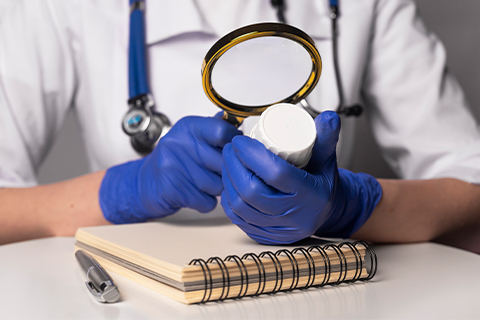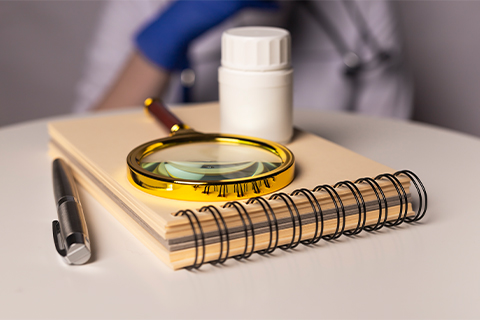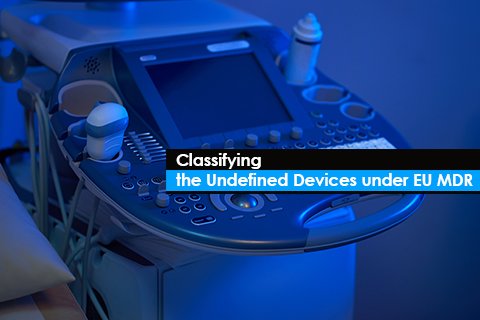Best Practices for Updating and Maintaining Medical Device Labels

Label maintenance and updating is the process of ensuring that the data on the label stays up-to-date and accurate throughout the life cycle of the device. This could entail updating information to meet new laws or standards, amending the existing labels to reflect changes in the product or its intended use, or fixing typographical errors.








